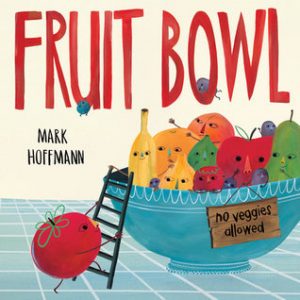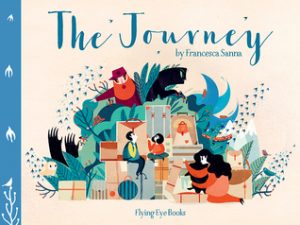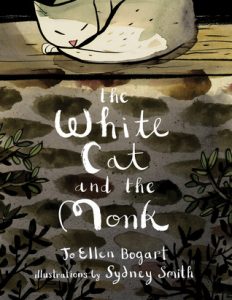 May I introduce you to the inhabitants of our fruit bowl here that you’ll find in Fruit Bowl, by Mark Hoffmann: Apple, Peach, Banana, Lemon, Orange, Pear, Strawberry, Grapes, Lime, Blueberry, and Tomato. Wait – tomato? Slightly creepy (just look at those faces) but ever so adorable (in that “it’s weird but I love it” kind of way) – complete with arguably some of the best puns of all time in children’s fiction – Tomato makes his case to the fruit bowl denizens that tomatoes are, indeed, a fruit. But why stop there? It’s not just tomatoes! A whole lineup of other unlikely fruits gravitate in line to the fruit bowl from the crisper in the fridge, finally gaining the ability to be recognized for what they truly are. Read it to find out what else belongs in the fruit bowl!
May I introduce you to the inhabitants of our fruit bowl here that you’ll find in Fruit Bowl, by Mark Hoffmann: Apple, Peach, Banana, Lemon, Orange, Pear, Strawberry, Grapes, Lime, Blueberry, and Tomato. Wait – tomato? Slightly creepy (just look at those faces) but ever so adorable (in that “it’s weird but I love it” kind of way) – complete with arguably some of the best puns of all time in children’s fiction – Tomato makes his case to the fruit bowl denizens that tomatoes are, indeed, a fruit. But why stop there? It’s not just tomatoes! A whole lineup of other unlikely fruits gravitate in line to the fruit bowl from the crisper in the fridge, finally gaining the ability to be recognized for what they truly are. Read it to find out what else belongs in the fruit bowl!
A delightful read, though I have to admit with a somewhat ambiguous takeaway; is Hoffmann just tackling the issue of what makes a fruit a fruit, or are we actually talking about in-groups and out-groups? Also, why are vegetables presented as being lesser than fruits? Why does everyone want to be a fruit? Or do they just want to be recognized for who/what they really are? I’m also interested in why Tomato is male, because do tomatoes (the fruit) even have sexes?*, but that might be a discussion for another time – I absolutely adored this book from beginning to end, literally cover to cover.

